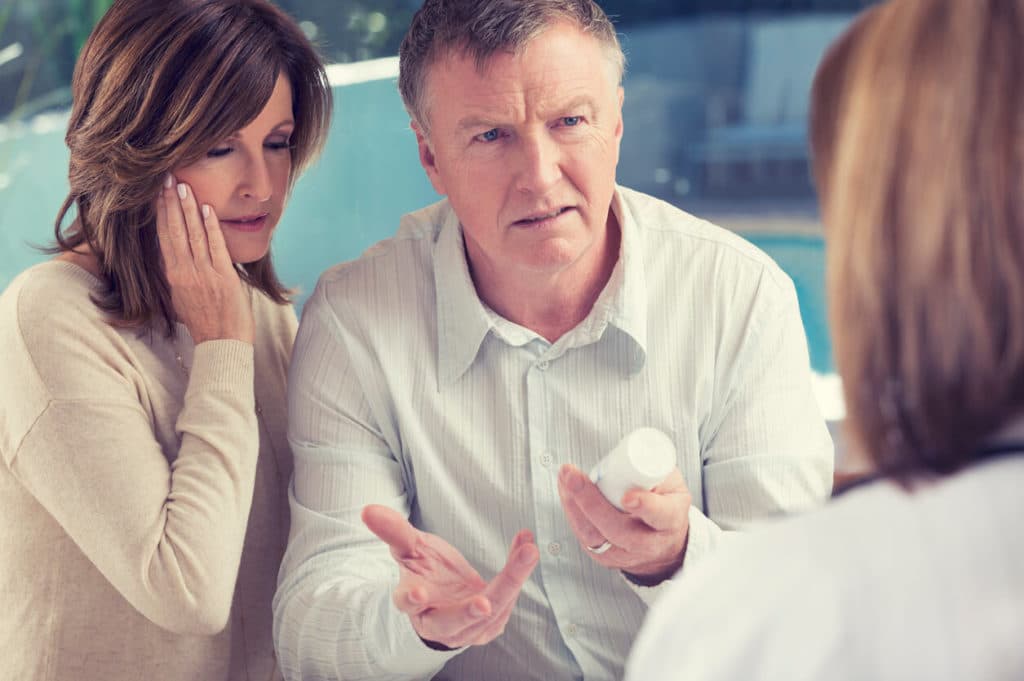Delayed Diagnosis in a Personal Injury Case

Delayed diagnosis in a personal injury case is a form of medical malpractice. When you seek medical care, you have the right to competent care. If incompetent medical care results in a delayed diagnosis, you may have a valid legal claim.
Delayed diagnosis is a serious type of legally actionable medical malpractice that may result in prolonged suffering and complications. Our Tampa medical malpractice attorneys explain the delayed diagnosis in an injury case.
Delayed Diagnosis in a Personal Injury Case
Delayed diagnosis in an injury case is based on the patient’s right to competent medical care. A doctor, physician’s assistant, nurse, and anyone else in the medical field has a duty of care to each patient. While it’s understandable that a diagnosis can take time, a doctor must provide competent care.
That means, if they fail to make the right diagnosis within a reasonable time frame, based on the symptoms of the patient and the doctor’s professional training, a delayed diagnosis has occurred. The delayed diagnosis itself may be a form of a personal injury case.
Delayed Diagnosis Definition
The definition of delayed diagnosis is a failure to make a medical diagnosis within a reasonable period. It occurs when a medical care provider doesn’t identify the injury, illness, or condition in the appropriate amount of time.
The standard is what a reasonable, skilled doctor would have identified or discovered in the same situation. The delayed diagnosis definition is when a patient seeks medical care and doesn’t receive a correct diagnosis in the right amount of time-based on typical, professional standards of care.
What Is Delayed Diagnosis?
Delayed diagnosis is a medical professional’s failure to make an accurate diagnosis within the appropriate time frame. It occurs when the doctor’s care doesn’t meet acceptable, professional standards. A doctor should have the skills and take the right steps to reach an accurate diagnosis based on the information that they have.
An accurate diagnosis involves both training and using the right judgment in practice with the patient. Delayed diagnosis is the doctor’s failure to determine the patient’s specific diagnosis in a proper amount of time.
Can I Sue for Delayed Diagnosis?
Yes, you can sue for delayed diagnosis. When a delayed diagnosis causes additional physical harm or personal suffering, you can sue for a delayed diagnosis. You have to show that the doctor didn’t identify your illness or injury as soon as they should have.
The legal standard is whether a reasonable doctor should have made the diagnosis faster. You can sue for delayed diagnosis to compensate you for extra medical bills, lost income, and pain and suffering that is associated with the failure to diagnose.
What Is a Delayed Diagnosis Lawsuit?
A delayed diagnosis lawsuit is a claim for financial compensation based on a delayed diagnosis. It is a form of personal injury lawsuit that is specialized based on the professional training that a doctor, physician’s assistant, or other medical professional has to go about their work in a skilled way.
When you seek medical care, you expect the doctor to have appropriate training. You expect that they acquire skills through that training. Then, you expect them to exercise sound judgment so that they can diagnose you and treat you properly and in a timely fashion.
All of those expectations are reasonable. A doctor doesn’t have to be perfect, but they have to provide competent care. The doctor doesn’t always have to reach a diagnosis immediately or be the best in their profession. However, it is up to them to provide a basic level of competent care. That means making a diagnosis within a reasonable period of time. If the doctor fails you, a delayed diagnosis lawsuit is the result. The basis of the delayed diagnosis lawsuit is the doctor’s failure to do their job up to an adequate level.

Compensation for Delayed Diagnosis Case
Compensation for a delayed diagnosis personal injury case is based on your extra medical bills and your pain and suffering. On the one hand, you have extra medical bills because of the delayed diagnosis. For example, you may have a condition that becomes more severe. There are almost always additional costs and treatment needed when a patient suffers from a delayed diagnosis. The compensation for your medical bills is the additional cost that you have because of your delayed diagnosis.
When you have a delayed diagnosis, medical bills are only one of the problems. You’re also sure to have increased pain and suffering. After all, you sought medical care to treat your physical injuries. When you have to wait for proper treatment because of a failure on your doctor’s part, you spend additional time suffering. In your delayed diagnosis personal injury case, you have the right to claim financial compensation for pain and suffering.
Lawyer for Delayed Diagnosis Personal Injury Case
A lawyer can assist you with your delayed diagnosis injury case. Receiving the full amount of compensation in a delayed diagnosis case is a complex undertaking. There’s a great deal of scientific and technical evidence involved with proving that a delayed diagnosis occurred. You need medical experts to work with you to show how your medical care providers didn’t do their job up to professional standards. Then, you need to show how those failings resulted in additional damages and suffering. Presenting medical evidence in court requires strictly following rules of evidence and special guidelines for medical-related testimony and evidence.
An experienced attorney has the skills and training required to help you succeed. They know how to streamline the case preparation process and gather all of the evidence to help you reach the right result. In addition, they have the ability to negotiate effectively for the right resolution, whether it is to resolve the case by settlement or by trial.
Contact Our Tampa Medical Malpractice Lawyers If You Have Been Hurt by a Delayed Diagnosis
The Tampa medical malpractice lawyers at Jack Bernstein, Injury Attorneys can assist you when you’re hurt because of a delayed diagnosis. From the evaluation of your case to building the case and aggressively pursuing it to completion, we offer full legal services for medical malpractice victims, including delayed diagnosis victims. Call us today for a review of your case.
